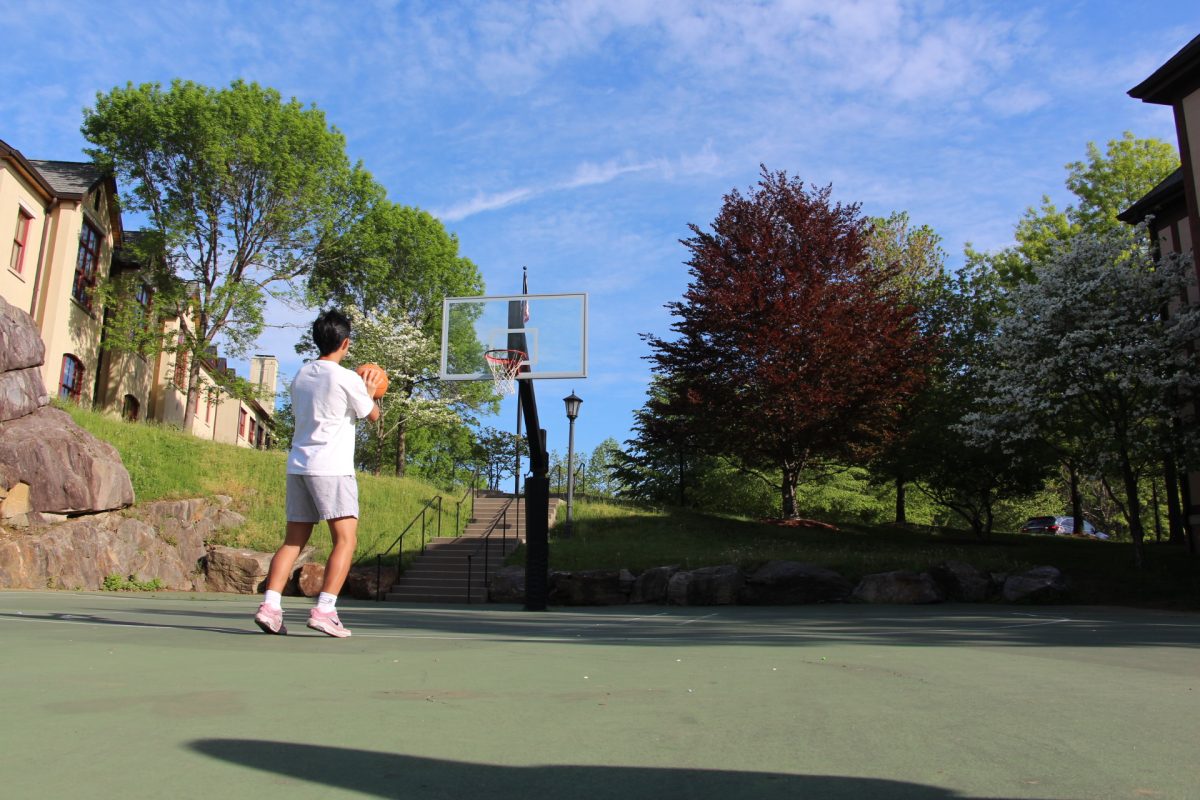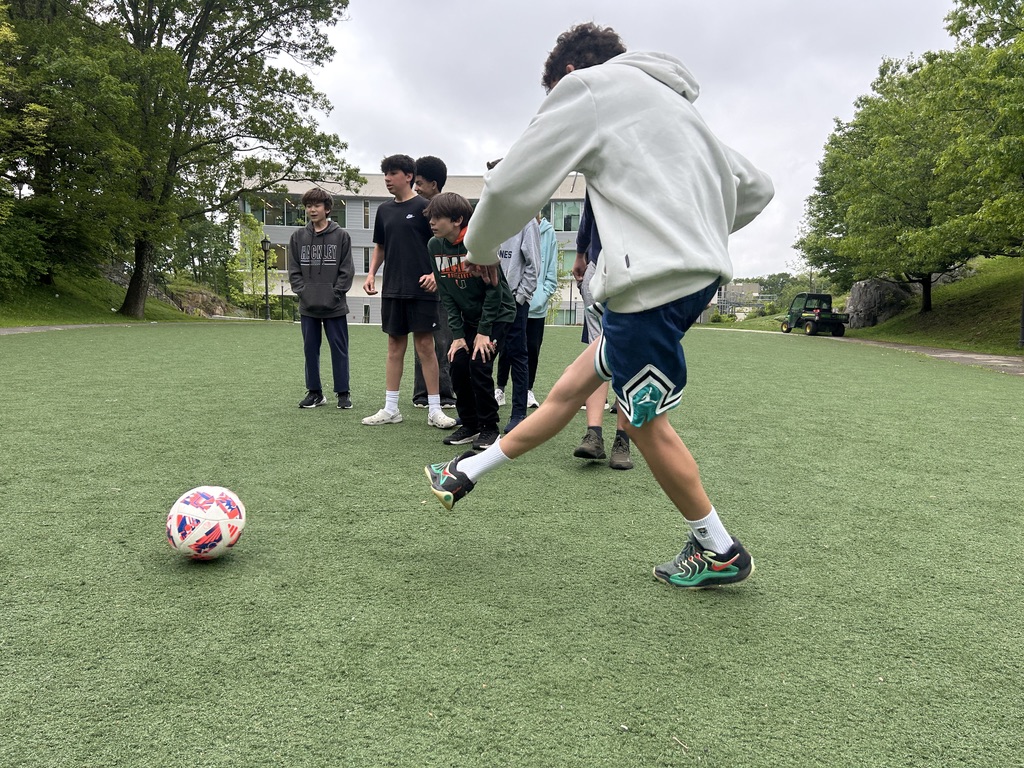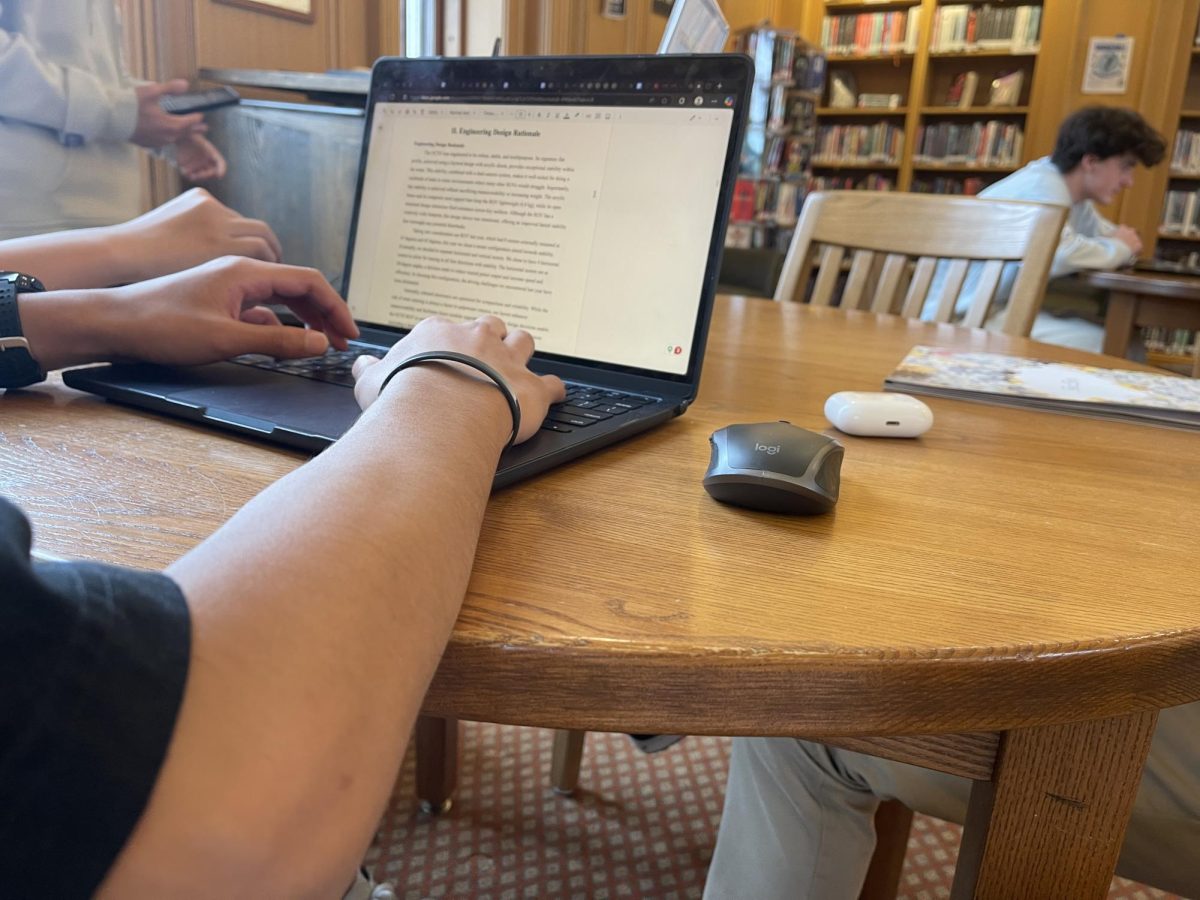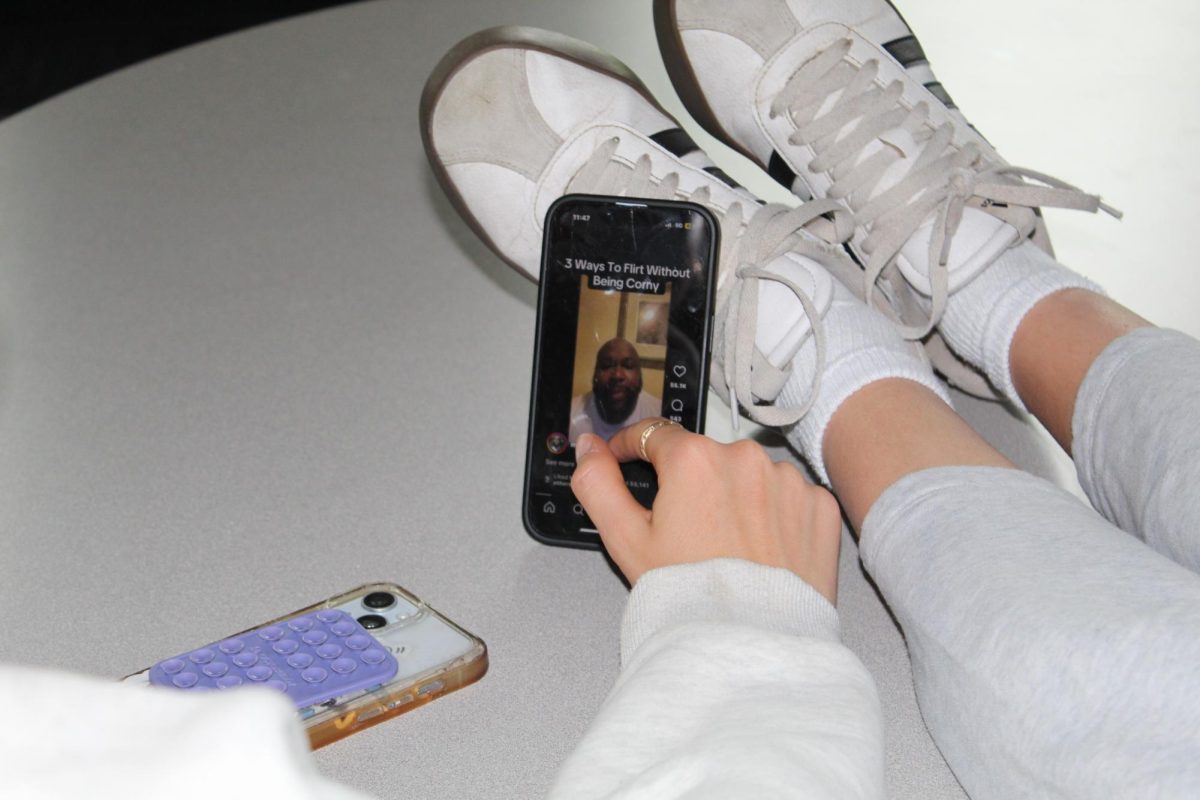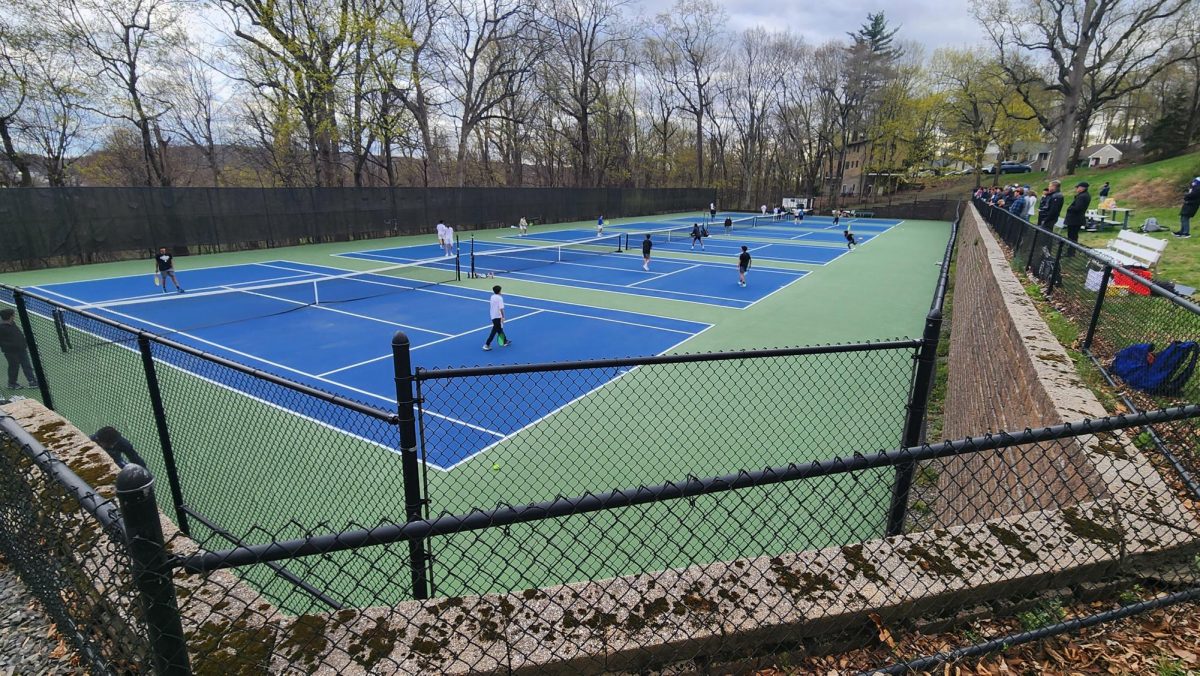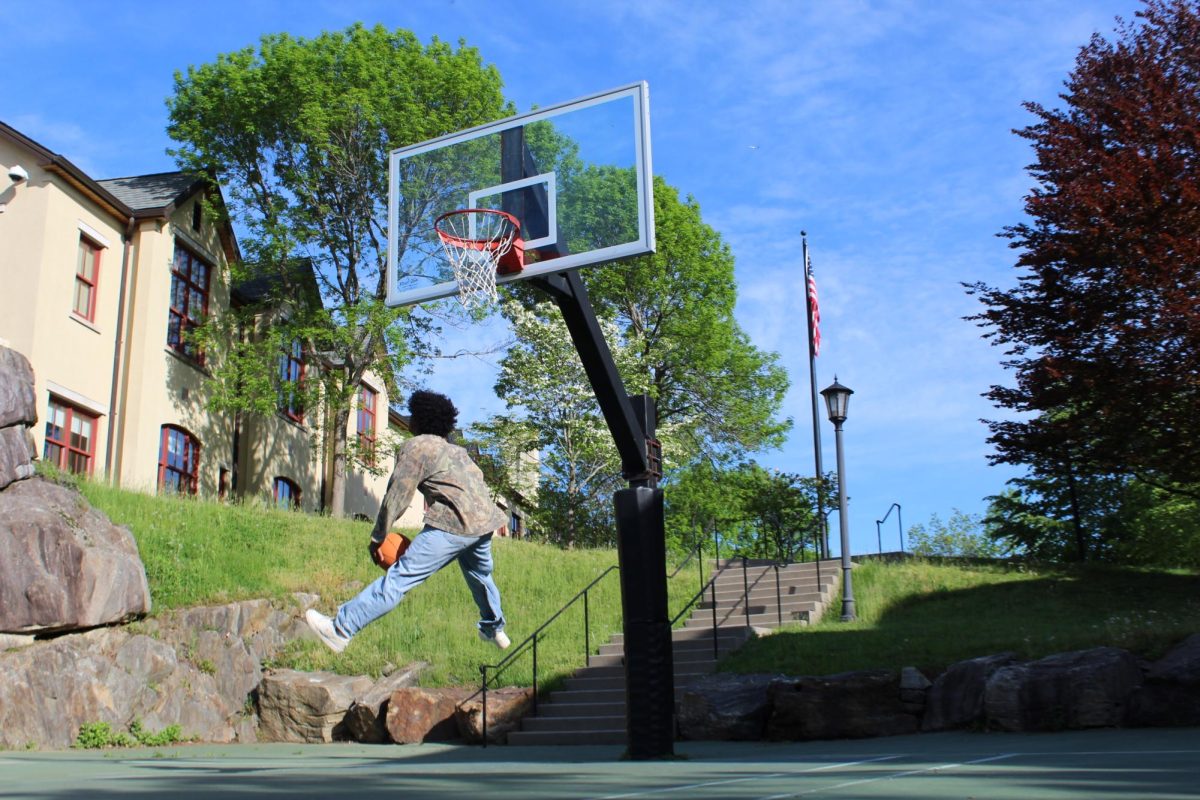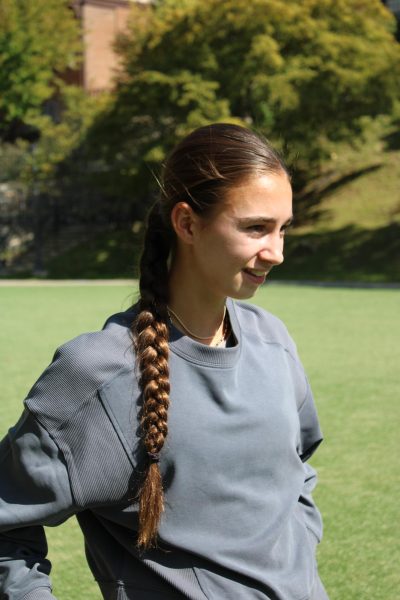On Tuesday, October 21, the Intermediate Studio Art Major and Minor classes, together with Introduction to Photography and Digital Design classes rode into New York City on a field trip. For the Intermediate Studio Art classes, the trip was a chance for the students to interact with art of many styles and mediums. The group attended Galleries in the Chelsea area, including the Michel Rosenfeld, David Zwiner, and Miles McEnery Galleries, among others. The Visual Art students were able to explore varying perspectives and analyze pieces of art, looking for technique and theme.
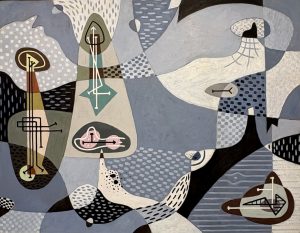
One of the more distinctive pieces the students saw, a work by a British-American Surrealist artist named Gordon Onslow Ford, is pictured to the right. The painting, left untitled and created in 1945, was made during Onslow Ford’s time in Mexico. Onslow Ford was an important figure in the second generation of Surrealist artists, known for his ability to bridge the Surrealist and Abstract Expressionist movements. Some of the more prevalent themes in Onslow Ford’s work include those of metaphysical ideas and spontaneous creation. His work, which was featured in the Michael Rosenfeld Gallery, a group show focusing on Surreal America, utilizes a serene blue color palette with pops of warmer tones and interesting patterns, lines and textures.
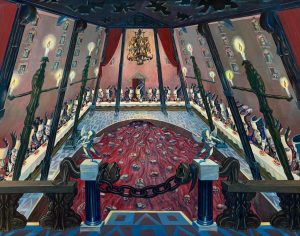
The work to the left is painted by artist Irving Norman. This piece, titled “The Banquet”, features a mysterious, slightly grim banquet scene in which characters dine at a long table, at the center of which is a flowing river of blood. This work, part of a series of studies created by Norman in 1972, was painted in the style of social surrealism, which Norman was well known for. Here, his vibrant colors and captivating, elaborately detailed scene capture the viewer’s eye. The painting, in addition to Onslow Ford’s, was featured in the Michael Rosenfeld Gallery.
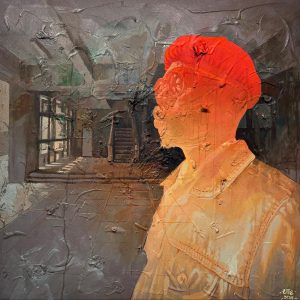
Aside from viewing surrealist works, the students also had the opportunity to explore abstractions and other styles. The work to the right, titled Edge, is more contemporary than Onslow Ford and Norman’s pieces. Created in 2025, Edge was created by Chinemerem “Eme” Omeh, a Nigerian-born artist. This painting, featured in the ACA Galleries, is part of a series called “The Strange Beauty of Impermanence”. Omeh is known for exploring themes such as identity, memory, and resilience. This piece utilizes acrylic paint and ink caked onto the canvas, creating a layered effect.
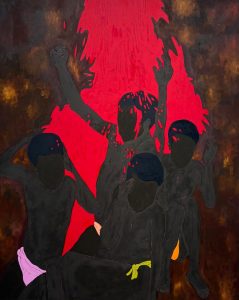
Eruption in Namaacha”, oil on linen (Photo credit: Ali Baldwin)
In the 303 Gallery, students explored the works of Cassi Namoda, an artist whose work also leaned towards the abstract. The piece pictured to the left is titled “Ancestral Eruption in Namaacha”, another contemporary piece. Created in 2025, the painting is part of a solo exhibition called “Night Always Returns”, which lends itself to themes such as instinct and the vague barrier between humans, nature, and ancestors. Here, Namoda uses pops of bright colors, such as reds, pinks, greens, and oranges, to create contrast in her otherwise dark, muted work.
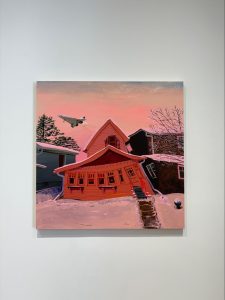
Another interesting piece, titled “Good Morning, Winner. Take a Deep Breath. Good, You’re Ready to Dominate the Day. Motivational Voice. Booksmart” by Gabrielle Garland, can be found in the Miles McEnery Gallery. This acrylic and oil on canvas piece from 2024 features a house, a common focus in Garland’s paintings. Using her Impressionistic style, she personifies houses and gives them character, making windows seem like eyes, with roofs bending into a facial expression. This piece in particular stands out because of its unique, captivating color palette, which cultivates an air of calm and peace. This enthralling, morphing, painting with personality certainly draws eyes. The house almost looks as though it is sighing softly and contentedly to itself.
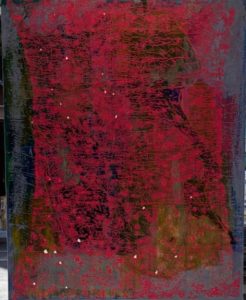
Also in the Miles McEnery Gallery, the piece to the left, titled “Something You’re Not”, is by Kadar Brock. Brock’s work is some of the more abstract art the students saw on the trip. Made from 2023-2025, this oil on canvas painting measures 60 by 48 inches. One of the more interesting aspects of this work is the process it took to make it. Brock began by applying layers of paint to stretched canvas before unstretching it, and beginning to erode the picture he created using a razor blade and power saw. As he repeated the process, Brock created an intricate, layered work, which slowly revealed more and more previously hidden paint. This process culminates in the final step: mark-making, or puncturing the canvas with small holes. If one looks closely at the painting, it is possible to see small amounts of light peeking through the holes in the canvas.
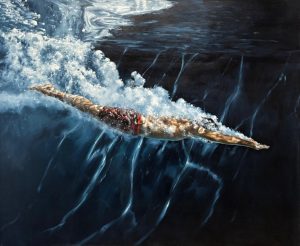
To the right is a work by American artist Eric Zener, titled “Turbulent”. Zener, who is known for his photorealistic oil paintings, creates art that usually focuses on water and swimming. Zener commonly uses water as a metaphor for renewal and personal transformation. His paintings were meant to be a reflection on the desire to step back and revel in peace and quiet. This work is featured in the Gallery Henoch on West 25th street.
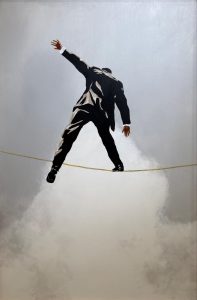
This work (on the left) is called “Keep Moving”, another work by Eric Zener. This painting, part of Zener’s series “Journeys”, featuring paintings depicting tightrope walkers, is meant to embody the tension that many feel in their everyday lives. One of the captivating aspects of this work surrounds it’s ambiguity. It is unclear whether the figure is falling or hanging on. Although not one of Zener’s most realistic works, the composition of the painting provides interest and captivates the viewer.
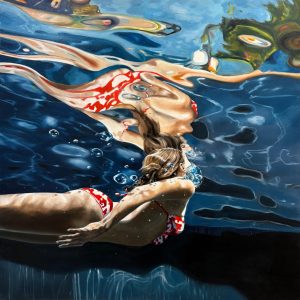
This painting (to the right), another work by Zener, titled “Slowly We Unfold”, captivates and entrances the viewer with its mystifying, curling folds of water. Created in 2025, this piece, an oil on canvas, measures 60 inches by 60 inches. Every detail, from the bubbles in the water to the individual hairs on the swimmer’s head evokes a sense of depth and movement. Every aspect of the painting, from the color palette to the technique is on point.
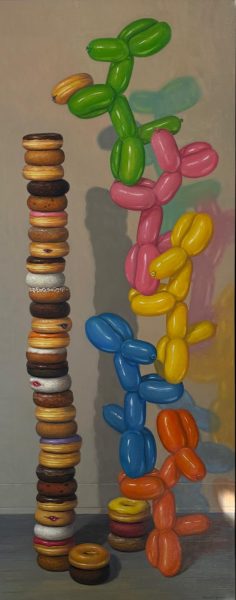
The painting to the left features a towering stack of donuts being added to by a set of balloon animals, standing one on top of the other. The work, created by American artist Robert C. Jackson, titled “Donut Stackers”, bubbles with fun and whimsy. Jackson, who is known for his youthful still-life paintings, often featuring his signature anthropomorphized balloon dogs, is a 21st century contemporary realist influenced by pop art and recognized for his playful works of art. “Donut Stackers”, part of Jackson’s exhibition on “It’s a Colorful Life”, was also featured at the Gallery Henoch. The remarkable detail in each individual donut evokes a sense of intricacy and charm.
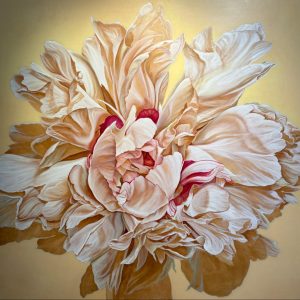
The work to the right, entitled “Golden Hour”, portrays a detailed white flower of no particular species, set against a yellow background. The shadows and contrast of light and darkness bring forth depth and interest. The hints of pink in the center keep the color palette from being boring. This oil on linen piece, created in 2025, blends classical realism with contemporary art, while also providing dimension and drama, something the artist, Carin Gerard, is well known for. Gerard’s intricate flowers utilize the Munsell color theory, a complex color equation, to create balanced compositions. The theory uses value, hue, and chroma to create dimension and interest. This painting was also featured in the Gallery Henoch.
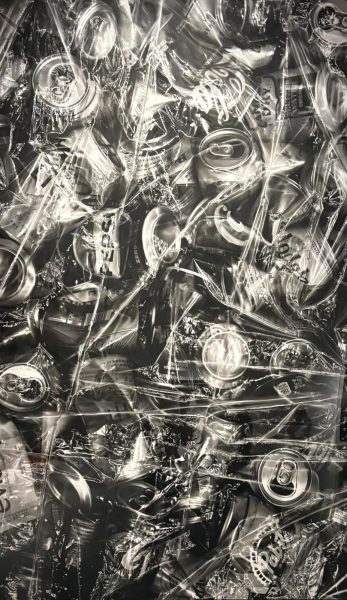
Last but not least, the Intermediate Studio art students concluded their trip by exploring the Pace Gallery on 540 West 25th Street. The gallery features the work of American artist Robert Longo. Longo, known for his hyperrealistic charcoal drawings, creates large-scale pieces, often featuring political and social themes. To the left is his work, which, left untitled, depicts a plastic bag of recyclables. The piece measures 120 by 70 inches and is part of Longo’s 2025 exhibition, “The Weight of Hope”, which spotlights his engagement in current events.
Although all different in terms of style, subject matter, color palette, and medium, the works of art in the various galleries the Hackley Upper School art students attended were all interesting and thought provoking. Now, poised to start detailed charcoal animal portraits, the Intermediate Studio Art classes prepare to take the techniques they had the chance to learn about and see applied, and translate them for the purposes of their own work.



